Pool Maintenance Guide: For Clean, Hygienic, and Safe Water

Pool Maintenance Guide: For Clean, Hygienic, and Safe Water
Proper pool maintenance not only preserves its appearance but also ensures hygiene, safety, and smooth operation. A neglected pool can cause serious problems for both swimmers and equipment. To keep your water clean and safe, follow this maintenance guide with recommended tasks for the beginning, duration, and end of the swimming season.
A. Maintenance at the Start of the Season
Before the summer season begins, it is essential to prepare your pool. This preparation ensures safe and uninterrupted use during the warm months. Follow these steps:
-
Cleaning External Debris:
-
Remove the pool cover and clear away leaves and debris. Clean the cover and let it dry before storing it.
-
Inspect built-in components (inlets, skimmer, grates) and repair any damages.
-
-
Checking Equipment and Machine Room:
-
Clean the pool’s internal surfaces and check for cracks or damage.
-
Check the water level and refill if necessary. During filling, inspect ladders and diving boards.
-
If the pool is outdoor and wasn’t properly maintained during winter, water replacement may be required, taking care to avoid exposure to intense sun and heat.
-
-
Activating the System and Adjusting Chemical Levels:
-
Fill the tank and activate the filtration system.
-
Adjust the pH level to 7.2-7.6 and perform shock chlorination to eliminate bacteria.
-
Add stabilizer and algaecide, and after 24 hours, check the chlorine levels.
-
B. Weekly Maintenance: For Continuous Cleanliness and Balance
During the swimming season, regular weekly maintenance is crucial for water quality and equipment efficiency:
-
Cleaning Water and Surface:
-
Remove leaves, insects, and other debris from the surface using a pool skimmer.
-
Ensure the water level reaches the middle of the skimmers.
-
-
Equipment Maintenance:
-
Empty the pump's pre-filter basket to ensure proper water flow.
-
Clean the filter (sand or diatomaceous earth) and check the pressure gauge. If the pressure reading is high, the filter may need backwashing.
-
-
Adjusting Chemical Balance and Shock Chlorination:
-
Test the water’s chemical composition with a test kit and adjust the chemicals accordingly.
-
Perform shock chlorination (preferably at night) to eliminate bacteria and algae.
-
C. Maintenance at the End of the Season: Winterization
When the swimming season ends, you need to prepare the pool for the upcoming downtime:
-
Lowering Water Level:
-
Remove about one-third of the water to reduce pressure from the ground and prevent overflow.
-
-
Chemical Adjustment and Cleaning:
-
Adjust pH and chlorine levels and perform a final shock chlorination.
-
Clean the pool’s internal surfaces and pipes.
-
-
Removing Equipment and Covering:
-
Remove ladders, diving boards, and skimmer baskets.
-
Clean the filter and install the pool cover to protect it from weather conditions.
-
D. Machine Room Maintenance: Ensuring Smooth Operation
To keep the machine room functioning properly:
-
Cleaning Pipes and Components: Use a damp cloth and avoid cleaning products.
-
Maintaining Filter and Pump: Check the lid, the sealing gasket, and the valves. Replace worn parts if necessary.
-
Power Supply and Electrical Connections: Disconnect the pump and turn off the main switch if the pool won’t be used during winter.
Tip: Hiring Professionals
If you don’t have the experience or time to handle the above tasks, consider hiring a specialized maintenance crew. This way, you’ll have peace of mind knowing your pool stays clean, safe, and functional all year round.
By following these tips, you can enjoy a clean, hygienic, and safe pool without unexpected problems or costly repairs.









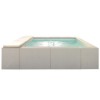
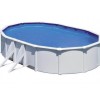
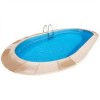
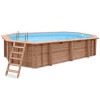
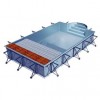
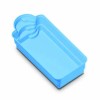
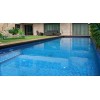
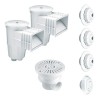


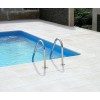
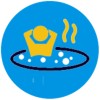
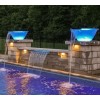


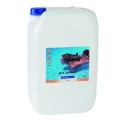

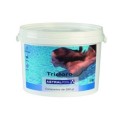

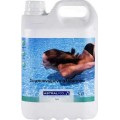
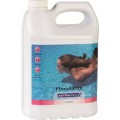
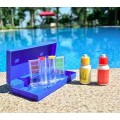

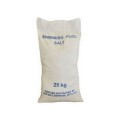
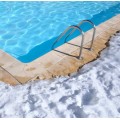
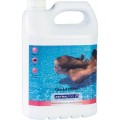
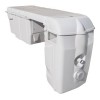
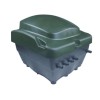
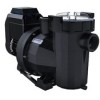
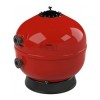
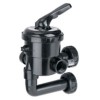
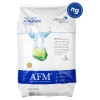
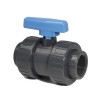
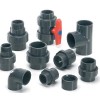
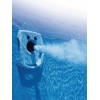
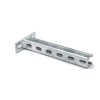
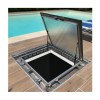

-100x100w.jpg)
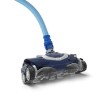
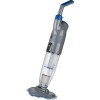
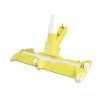
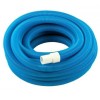
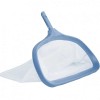
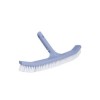
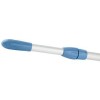
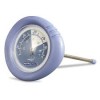
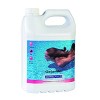
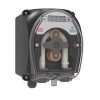
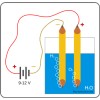
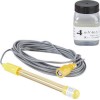
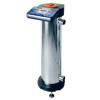

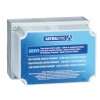
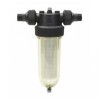

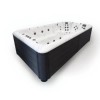
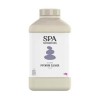
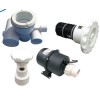
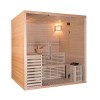
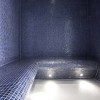
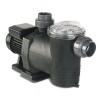
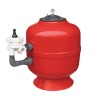
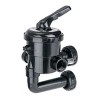
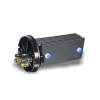
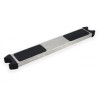
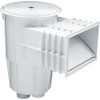
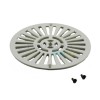
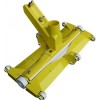

Leave a Comment